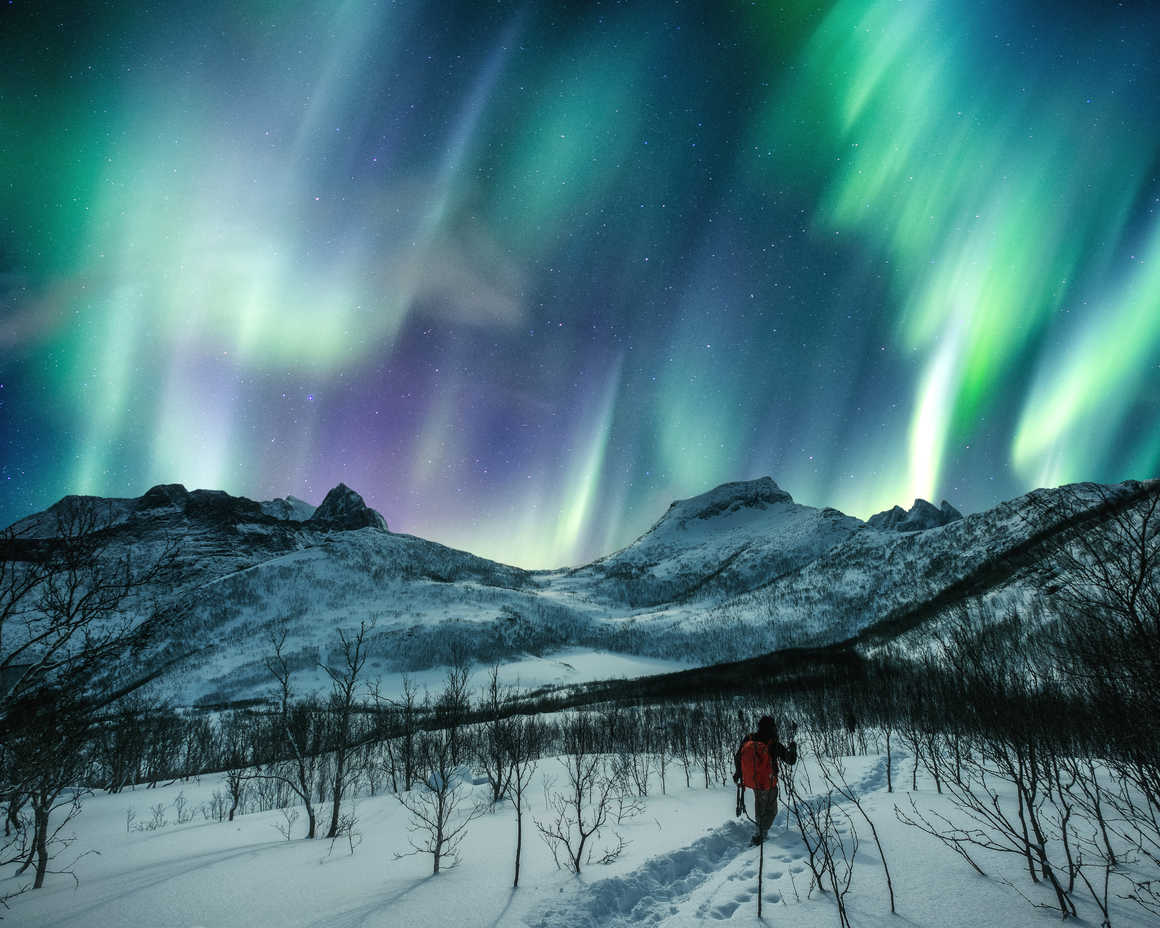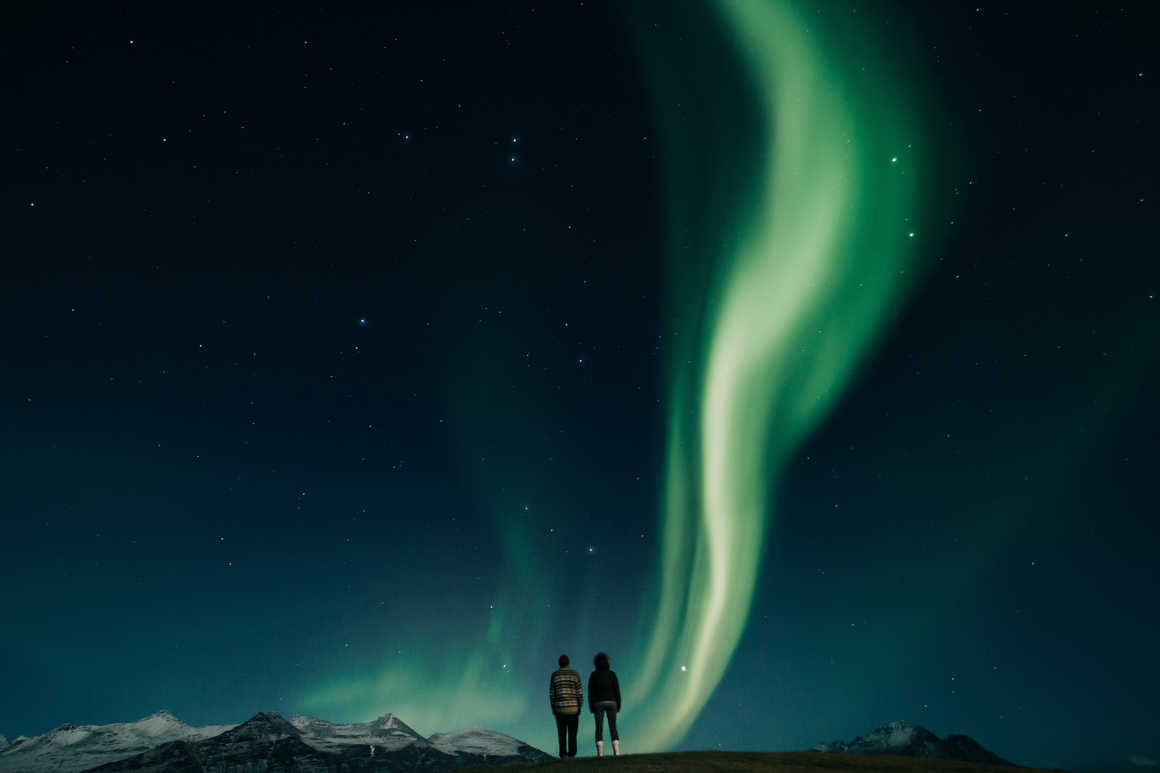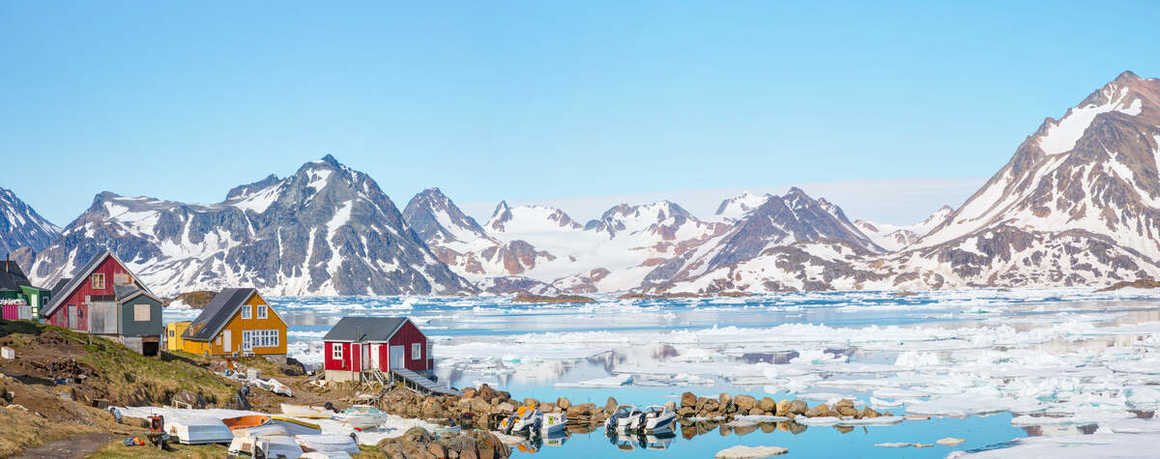Where Can I See the Northern Lights?
Though the northern lights have fascinated and frightened
humans for centuries, they are nothing to be afraid of. In fact, the lights we
see in the night sky are caused by activity on the surface of the sun. Solar
storms on the sun’s surface give out huge clouds of electrically charged
particles which travel millions of miles and even collide with the earth,
creating a mind-boggling display of light in the sky.
Witnessing the northern lights is on the bucket lists of
many individuals from around the world and it’s easy to understand why. Tying
in a northern lights tour with your trip to a Nordic country will transport you
to a different world and create magical memories that will last a lifetime.
In this post, we’ll uncover the best places to see the
northern lights as well as some expert tips for the best chance of viewing
them. So, keep on reading to find out more.
Norway

While the phenomenon that creates the northern lights
display is perpetually occurring, they’re much harder to see during the
daylight hours. Though the Arctic Circle’s midnight sun makes it impossible to
see them during summer, the long dark nights of winter are perfect for viewing
the northern lights.
The peak season for northern lights viewing in Norway is
between November and February, however you have a good chance of seeing them
anytime between September and March, with March offering the best chance of
clear skies.
- Svalbard,
Norway
Located 900km north of the Norwegian mainland and 1,300km
from the North Pole, Longyearbyen is the world’s northernmost settlement and
the largest inhabited area of Svalbard. It is highly likely you will see the northern
lights on your trip to Svalbard when visiting at the right time of year.
The polar night from November until the end of January means
that there is less than an hour of daylight in Svalbard in winter. For this
reason, people from all over the world are drawn to Svalbard to experience the northern
lights make a spectacular appearance in the sky.
- Tromsø,
Norway
There is a good chance of seeing the northern lights in
Tromsø, Norway, from September until early April. Tromsø is in the centre of
the northern lights oval, meaning it is possible to see the aurora borealis
even when the activity is very low. If the Northern Lights are what you’re
after, our Northern Lights in Norway trip offers multiple opportunities
to view this incredible phenomenon.
Iceland

The best time to see the northern lights in Iceland is
between September and April. The general rule is that the darker it is, the
better the chance of seeing the vibrant colours of the aurora. Iceland is very
dark in winter, reaching up to twenty hours of darkness during and around the
winter solstice, which occurs on December 21 each year.
The Best Places to See the Northern Lights in Iceland:
- Vík,
Iceland
Just a 2.5 hour drive from Reykjavik and nestled between
volcanic cliffs, black sand beaches and the mighty Mýrdalsjökull glacier, Vík
offers jaw-dropping landscapes and pristine night skies, making it the perfect
destination for viewing the northern lights.
Imagine standing on Vík’s famous black sand beaches, gazing
up at the vibrant colours of the aurora borealis dancing across the night sky.
It’s a magical experience that will leave you in awe and a must-visit
destination when planning a trip to Iceland.
Greenland

Visiting Greenland between the end of September to April
will allow you the best possible chance of seeing the northern lights
spectacle. If you are travelling to Greenland during this period, you can see
the northern lights from anywhere in the country, whilst in South Greenland the
northern lights can be seen from as early as the end of August.
The Best Places to See the Northern Lights in
Greenland:
- Ilulissat,
Greenland
In Ilulissat there are excellent opportunities for seeing
the northern lights. The word ‘Ilulissat’ means ‘icebergs’ referring to the
town’s location as a neighbour to the Ilulissat Icefjord, offering the chance
to see the northern lights dancing above the impressive icebergs that reside here.
During the winter there are guided northern lights tours in
Ilulissat that will take you to the outskirts of the town. The northern lights
make an appearance almost every night in this part of Greenland, so you have a
very good chance of seeing them on your visit here during your trip to
Greenland.
What is the Best Time to See the Northern Lights?
Whereas 5 years ago you might’ve had to wait weeks to see
anything, auroral displays are expected to make an appearance every few days.
This means that you will have a greater chance of viewing a vibrant, dynamic
display and perhaps even catch a glimpse of those rare red, pink and purple
hues.
What is The Best Time of Day to See the Northern Lights?
What is The Best Time of Year to See the Northern Lights?
Tips for Seeing the Northern Lights:
- Visit
between October and April – visiting the Nordic region between the winter
months of October and April allows the best possible chance of viewing the
aurora borealis spectacle.
- Check
the forecast – we recommend checking the regional aurora forecast page and
picking a clear night with minimal clouds for the best viewing opportunity.
- Get away from the glare of city lights –
a guided northern lights tour into the wilderness, away from the glare of city
lights, will greatly improve your view of the sky.
- Stay
up late – the peak time to see the northern lights is typically between 23:00
and 02:00 so you’ll need to stay up late to be in for a chance of viewing the aurora
borealis. Some hotels offer “wake up” services if the northern lights come out
during the night.
- Be
patient – unfortunately sightings can never be guaranteed, and they don’t
appear on any kind of schedule. You might have to wait a few hours, so patience
is a necessity.
- Wrap
up warm – as you might have to wait several hours to catch a glimpse of the
northern lights, make sure to wrap up warm – thermal layers and insulated
outwear are essential. If you’re on a guided northern lights tour, you’ll
likely be loaned warm outerwear.










